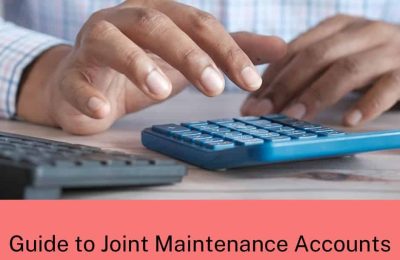Following previous blogs on the Cost of Living (Tenant Protection) (Scotland) Act 2022 (the Act), we thought it would be useful to look at the new grounds for eviction relative to both Private Residential Tenancies (PRTs) and Assured Tenancies (including short-assured tenancies) (SATs), as well as the questions of “substantial rent arrears” and “financial hardship”.
The Act, which came into force on 28 October 2022, introduced a moratorium on evictions for any proceedings raised on or after that date or based on notices issued after 6 September 2022. This operates to delay the enforcement of any eviction or possession order for a period of six months from the date of grant (or earlier if the moratorium is removed). Not all grounds are affected, including the new grounds for eviction. Along with the new grounds for eviction, we have new statutory notices to be used when seeking possession, which can be found here for PRTs and here for SATs.
What are the new grounds for eviction?
For PRTs these are:
Ground 1A (intent to sell the property to alleviate financial hardship)
Ground 4A (intent to live in property to alleviate financial hardship)
Ground 12A (substantial rent arrears)
For SATs these are:
Ground 1A (intention to live in property to alleviate financial hardship)
Ground 8A (substantial rent arrears)
What is meant by “substantial arrears” in grounds 12A and 8A?
This is the easier of the two new concepts and requires that a tenant has accrued a total of six months total rent arrears over one or more periods. In terms of PRTs, the arrears must be in place at the date a Notice to Leave is served and with SATs the arrears must exist at either the date the AT6 is served or, if the First-tier Tribunal dispenses with the requirement to serve notice under ground 8A, then the date the Tribunal considers the application for possession. As both new rent arrears grounds are discretionary, the Tribunal requires to consider the question of reasonableness, which for these grounds includes the extent to which a landlord has complied with the relevant pre-action requirements (PARs), as well as to what extent the arrears may have been caused by delays or failures in relation to payment of housing benefit (not due to the tenant’s failures). The new PARs guidance and template documents can be found here.
What is meant by “financial hardship” in both grounds 1A and 4A?
This new concept is not defined by the Act, but the Act does list evidence that a landlord may provide to try and establish the ground. In relation to ground 4A and with joint landlords, the test can apply to either of them. The list in the Act is not prescriptive and it is open to a landlord to choose whether or not to provide such information. The suggested evidence includes letters of advice from approved money advisors, chartered accountants or independent financial advisors, as well as an affidavit from the landlord. Whilst a landlord cannot be compelled to produce personal financial information, it seems that, in order to satisfy the Tribunal that there is “financial hardship”, they may have little choice. Although not specified in the Act, it also seems that what the Tribunal will look for is overall “financial hardship” suffered by a landlord and not just that they may be losing money in relation to a specific tenancy as landlords may be asked by the Tribunal for details of all sources of income, assets and other investments, as well as their debts.
What are the Notice Requirements for the new grounds?
For PRTs, grounds 1A and 4A will require a Notice to Leave with 28 days’ notice or 84 days’ notice if the tenant has been entitled to occupy the property for six months or more. In terms of ground 12A, the notice period is 28 days irrespective of how long the tenant has been in the property. Serving notice will be by the method stated in the lease itself and could therefore include email service.
For SATs and ground 1A, whilst there is no requirement for pre-tenancy notification, the notice period for the form AT6 is not less than two months. Further, any contractual tenancy will require to be terminated too, so a Notice to Quit (NTQ) to coincide with the next available ish or end date will also be required. Whilst the NTQ and the AT6 will often expire on the same date, they do not need to, so you could have a NTQ expiring before the AT6, which may be less than two months from the date the NTQ was served (depending on the terms of the lease). With ground 8A the position is the same in that the notice period for the form AT6 is not less than two months. Unlike the other rent arrears grounds (grounds 11 and 12), which can often be relied upon without the need to serve a NTQ, that is not the case with ground 8A, and before the Tribunal can grant an order for possession under this ground, any contractual tenancy will have to have been terminated.
So, whilst it may be possible to seek an order from the Tribunal to dispense with the requirement to serve an AT6 (on the basis it is reasonable to do so) for grounds 1A and 8A, the Tribunal cannot dispense with the requirement to terminate a contractual tenancy by way of a valid NTQ. It should also be noted that electronic service cannot be used.
If you require any further information or advice, please contact us.












